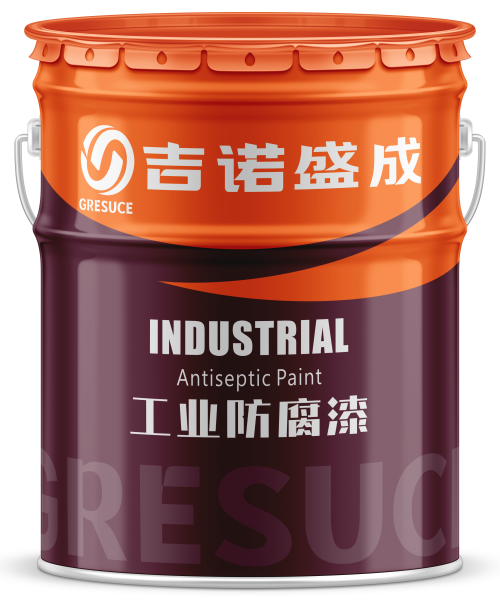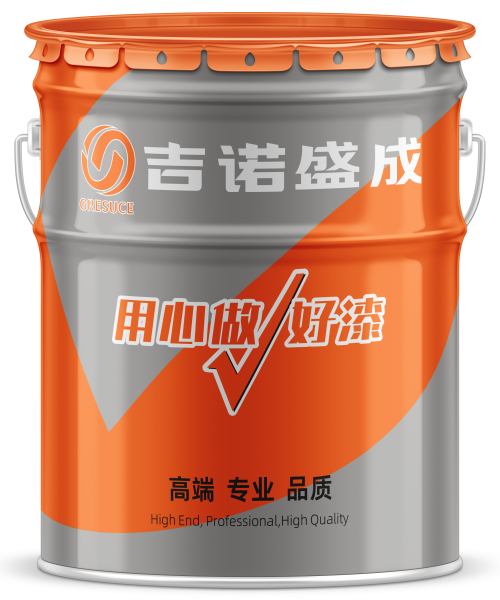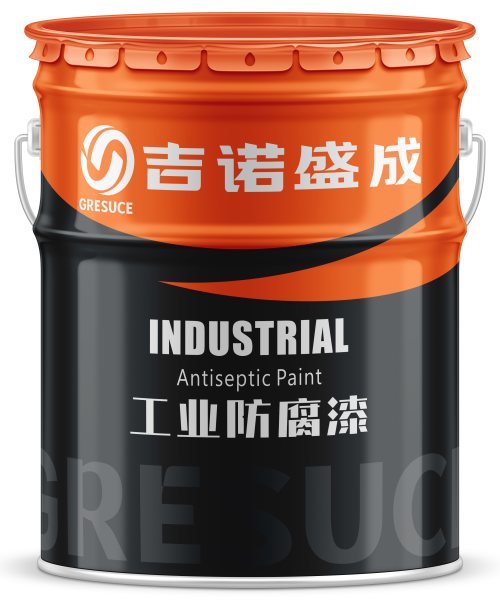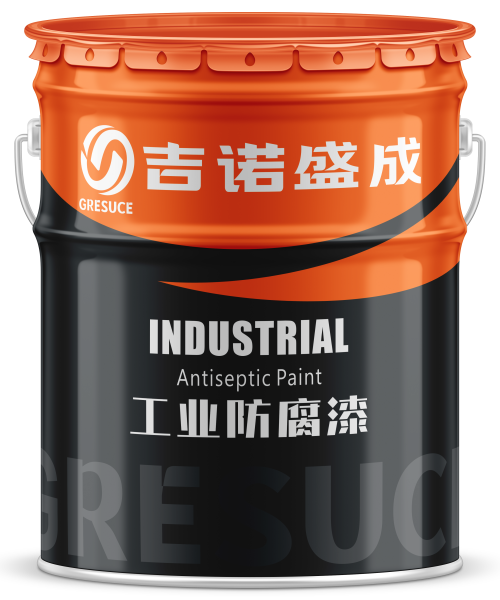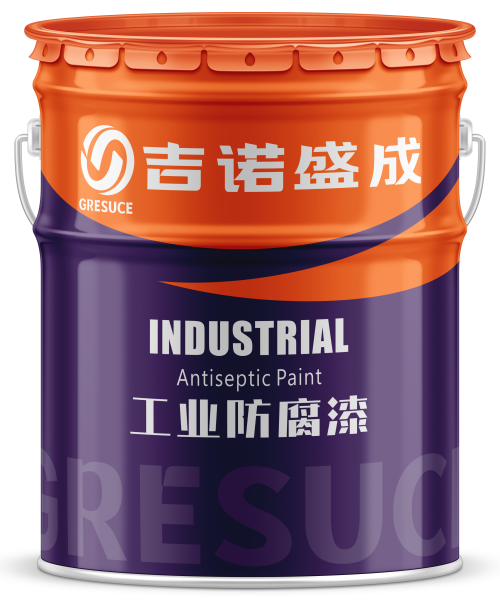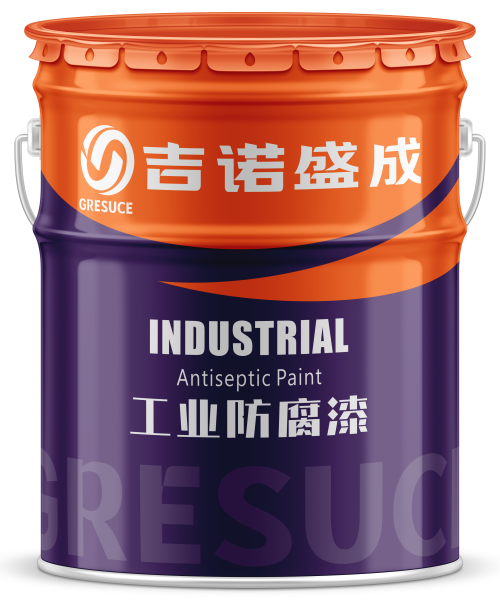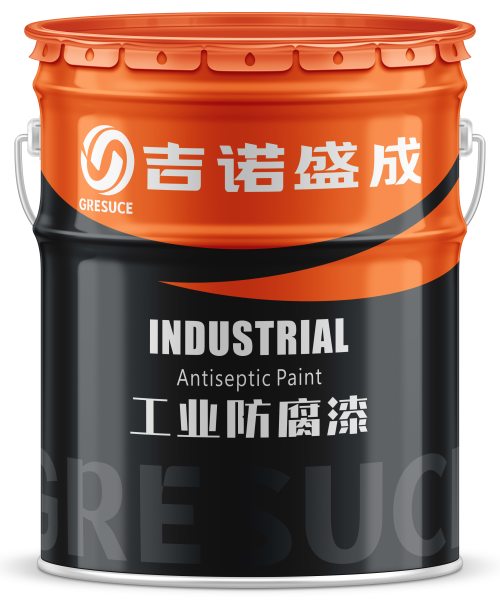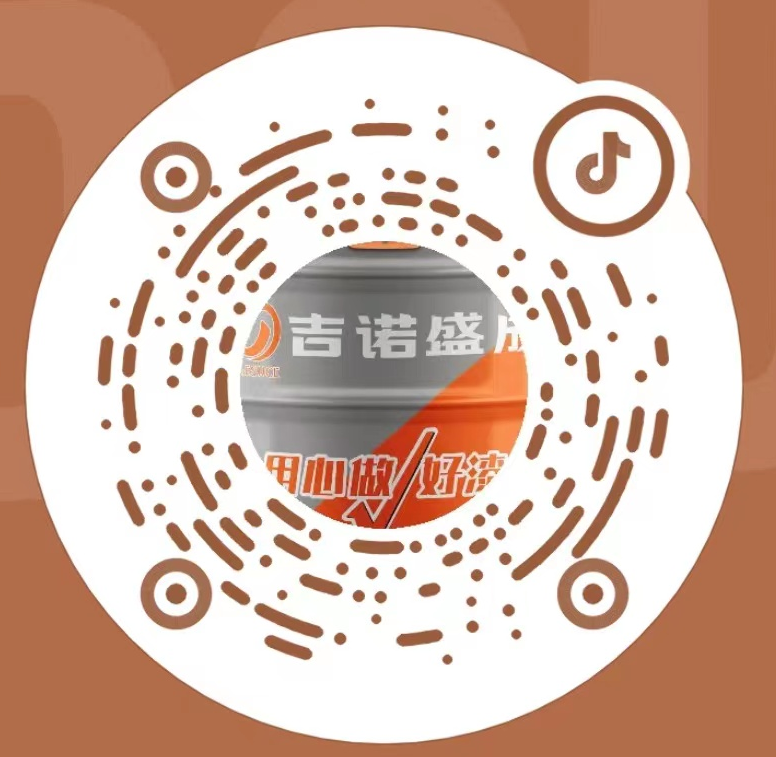Container Coating Specifications and Application Precautions
Ⅰ、Selection of Container Coating Systems
1.Primer
The primer serves as the foundation of the coating system, providing rust prevention and enhancing adhesion. For containers, epoxy zinc-rich primer or epoxy primer is commonly selected. These primers effectively resist corrosive elements in marine environments and offer an excellent adhesive surface for subsequent coating layers.
2.Intermediate Coat
The intermediate coat primarily functions as a barrier, enhances the thickness of the coating film, and improves impact resistance. Containers typically use epoxy intermediate coat or epoxy mica iron oxide intermediate coat. These types of coatings exhibit strong impact resistance and corrosion resistance, effectively extending the service life of the container.
3.Topcoat
The topcoat is the outermost layer of the container coating. In addition to providing an aesthetic finish, it must also possess excellent weather resistance and UV resistance. Common topcoats include acrylic polyurethane topcoat and fluorocarbon paint. These coatings can maintain long-term stable color and gloss even under prolonged exposure to sunlight and humid environments.
Ⅱ、Steps for Container Coating
1.Surface Preparation
Before coating a container, rigorous surface treatment is essential. This typically involves abrasive blasting to remove rust, achieving a standard of Sa2.5 or higher. The goal is to ensure the metal surface is free of oil, rust, and other contaminants. This step is critical as it directly impacts the adhesion and anti-corrosion performance of the coating.
2.Primer Application
After surface preparation, the primer is applied. According to design requirements, the primer should be evenly coated, and the thickness must meet specified standards. The zinc content and thickness of the zinc-rich primer determine its anti-corrosion effectiveness, so strict quality control is essential during the application process.
3.Intermediate Coat Application
After the primer has dried, the intermediate coat is applied. The intermediate coat must be evenly applied to ensure effective barrier properties and impact resistance. During application, attention should be paid to the coating thickness to avoid issues caused by layers that are too thin or too thick, which could compromise performance.
4.Topcoat Application
After the intermediate coat has dried, the topcoat is sprayed. The topcoat not only provides anti-corrosion properties but also offers weather resistance and decorative appeal. The topcoat should be smooth, glossy, and evenly distributed with vibrant color.
Ⅲ、Precautions for Container Coating
1.Requirements for Construction Environment
Container coating is typically carried out in workshops or outdoors, and the construction environment must be kept clean and dust-free. Coating should be avoided in high humidity or low-temperature conditions to prevent a decline in coating quality.
2.Control of Coating Thickness
Thickness control during the coating process is critical and must be strictly adhered to according to design requirements. In different environments, coating thickness significantly impacts anti-corrosion performance. Therefore, regular thickness inspections should be conducted to ensure compliance with standards.
3.Selection of Coatings
Choose appropriate anti-corrosion coatings based on the container's operating environment. Container coatings must exhibit excellent salt spray resistance, weather resistance, and UV resistance to ensure long-term performance in harsh conditions.
4.Construction Safety
During the coating process, operators must wear appropriate protective equipment and ensure proper ventilation at the construction site. The solvents and chemical components in coatings can be harmful to human health, so safety protocols must be strictly followed.
Container coating is a critical step in ensuring its anti-corrosion performance and service life. Selecting the appropriate coating system, combined with strict construction management, can effectively extend the container's lifespan. In practice, in addition to focusing on the anti-corrosion effectiveness of the coating, attention must also be given to the standardization of the coating process and quality control. This ensures the container maintains stable performance in various environments.



